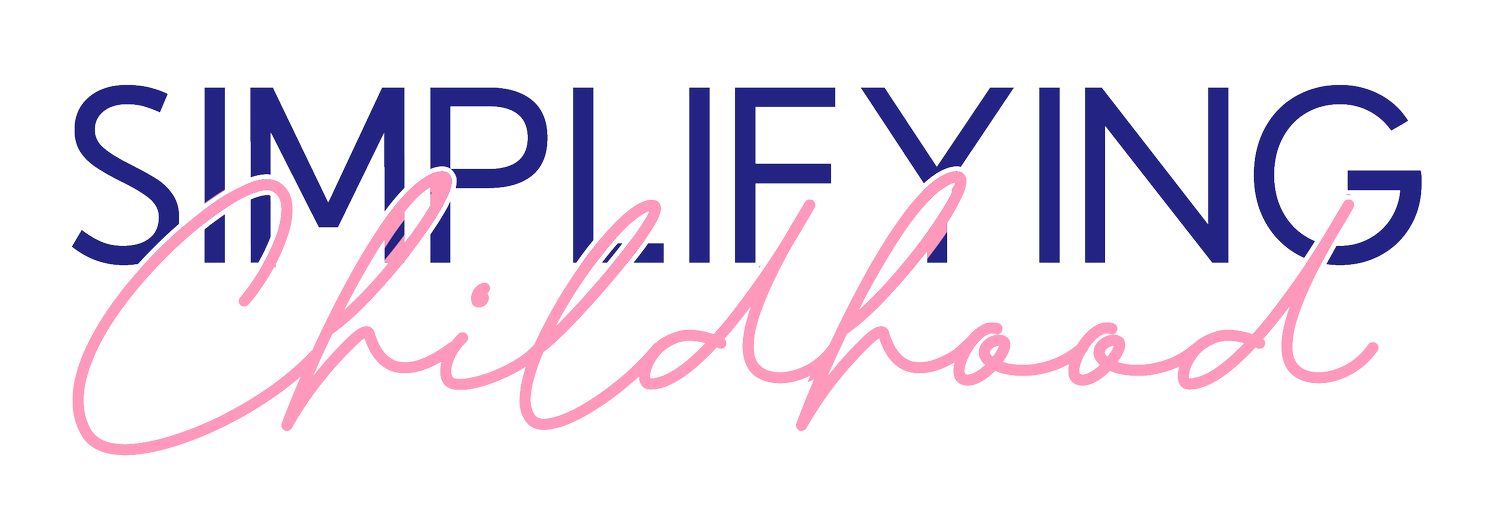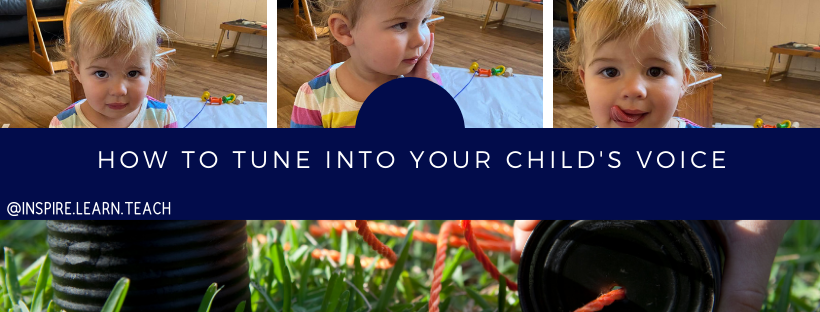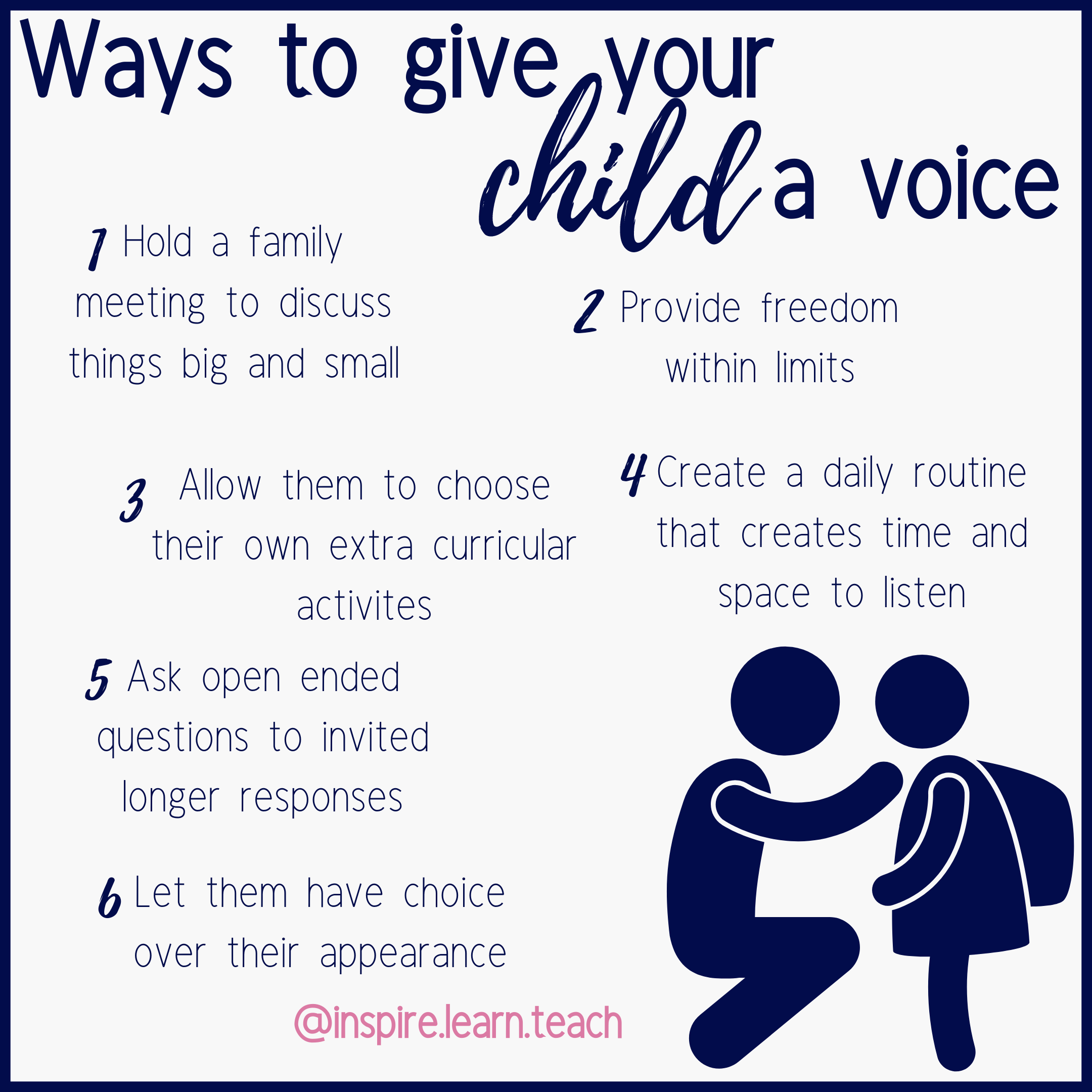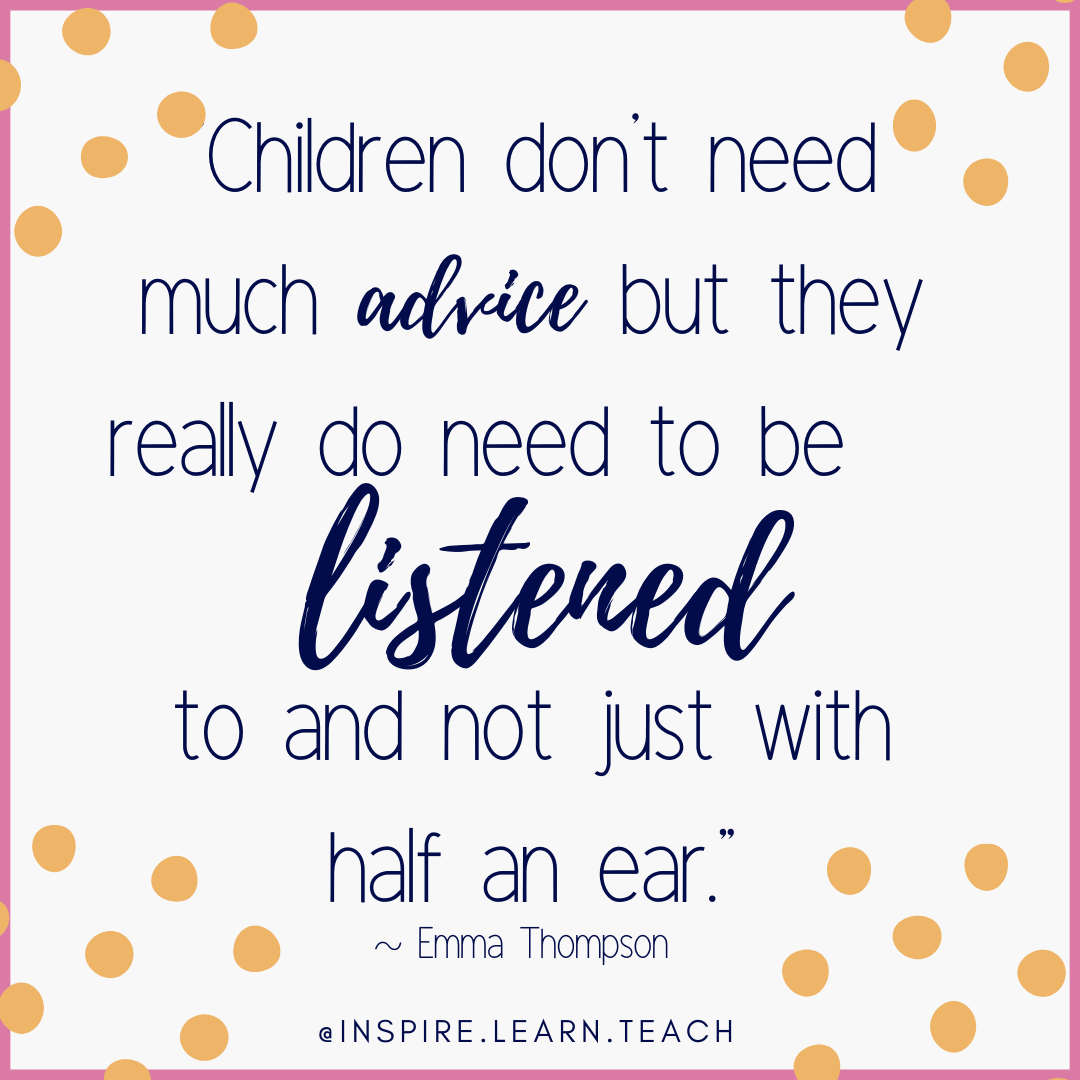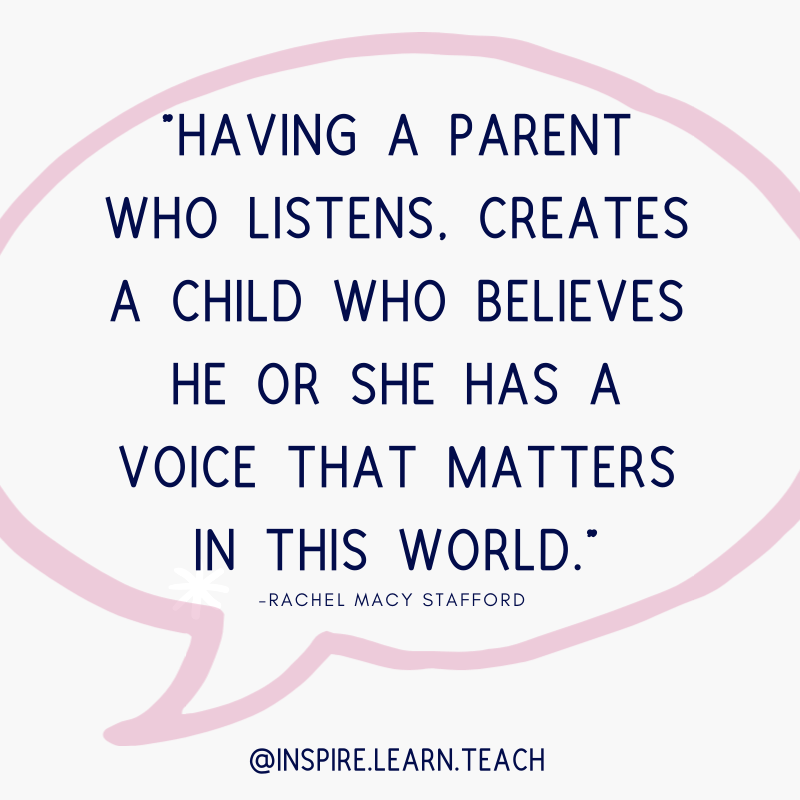How to tune into your child’s voice
Child voice is simply tuning into what children have to say. It’s pressing pause on the world, sitting down and listening rather than simple hearing. It’s believing that children have an equal say in this world and should have a majority say in their own life. It’s showing you respect your child enough to listen and removing the old adage of “children should be seen but not heard”. Fundamentally it’s working WITH not FOR our children. This isn’t saying your voice is lessened as a parent or teacher but that it is equal within the home.
Infants
Why does child voice and the voice of infants matter now? Because they are silenced, just like the elderly isolated in their age care centres, people are talking for our children and making decisions for them without their consultation. This is the perfect time to give voice to those without put a voice, those who are marginalised or those who are simply too young to speak up and stand up.
As parents we might not be able to control the world, who can right now. But what we can control is how we make our children feel in this uncertainty. We can make the choice to stop and listen to our children and hear them and give them some control in what feels uncontrollable.
How do you give voice to someone who can’t speak?
Come from a place of love, respect and working WITH your child. What choices can they make?
From birth they tell you when they want to be held, they have cues that say, fed me, rock me, bed time, as they get older they babble, smile and seek eye contact. Something as simple as eye contact and a smile says, I’m listening, I’m here and you matter
Last point in here, their pace in their development is the one thing they can control, they will go at their own pace and we need to respect that. This is the start of a sense of agency and control. This is our babies talking to us.
Toddlers
Feel like your toddler doesn’t listen? That they can’t communicate? That you spend the day moving from one meltdown to another? There is nothing wrong this this Mama, chats with a toddler are gorgeous, hilarious, frustrating and sometimes nonsensical. Sometimes they find it hard to be heard and that’s when they stomp their feet, cry and the meltdown starts. We’ve all been there. But listening to your toddler can change this dynamic.
So how do we tune in?
offer choices where you’re happy with either outcome
step back and provide freedom for independence and failure
provide items at their height and at their size to create a prepared environment
provide free time where they direct their play and have autonomy
hit pause on the world when they talk and get down on the floor to listen
Granted I understand only 32% of what my daughter says but that doesn’t mean I don’t listen, nod my head and say “umm”, “yes”, “that’s interesting”.
How will this help?
providing these opportunities for voice allow toddlers feel control over their world
it allows them to feel their voice and choice is worthy
it reduces the fight and I’m all about this
Children
When talking to your child, it is important to focusing on talking WITH your child not TO them. The difference here is pausing and waiting for their answer and taking a genuine interest in what they have to say. It is providing them space to say something in social settings and moving beyond the old notion that children are to be seen but not heard.
Ask questions. Aim for open ended (questions that require 2 or more word answers) but if you have a child that doesn’t talk asking closed questions can help
Offer framed questions. “Are you feeling sad or bored”. This helps label feelings and start the conversation
State observations, “I see you are ... (throwing toys) that tells me your frustrated ...”
Hold a family meeting to discuss things, use a talking stick if you have one child that dominates the conversation
Make a part of the day where you talk, for us it’s morning coffee as we are too tired by dinner time. Sometimes it’s on a walk or with afternoon tea. Now is a great time to set up this routine to connect and fill your child’s cup
Give them control of something, anything. Where they are so out of control this will help them feel safe and secure. Wear 3 tutus at once, we wore 3 t-shirts yesterday
Answer your child’s questions with facts “there is a sickness that is making some people a little sick and others really sick, to help stop more people getting sick we are staying home for a while.” “We can’t go to school today as we get extra holidays this year, what would you like to do with extra family time?”
For us it means that we have more child friendly coffee dates but still have coffee respecting the voices and needs of all family members. That we cook a favourite item of Ninja’s with each meal and always have yogurt in the fridge. We always stop and listen to what Ninja is communicating when she cries and screams NO and respect her choice. Child voice is all about respect for our children as human beings. How do you tune into your child?
